The Diverse World of Horses: Exploring Behavioral Traits Across Breeds
When you step into the world of horses, you quickly learn that no two horses are exactly alike. Just like us, each horse has its own personality, quirks, and behaviors. These differences aren’t just fascinating—they’re essential to understand as you plan to build a harmonious relationship with your equine partner. It’s not just about the color of their coat or their graceful movements; it’s about how their unique temperament fits with your own.
Understanding the behavioral nuances across different horse breeds can significantly enhance your bond with your horse. It’s like learning a new language, one that allows you to communicate more effectively, understand their needs better, and foresee their reactions in various situations. This understanding can transform your training sessions from challenging puzzles into rewarding experiences where both you and your horse learn and grow together.
Moreover, choosing the right breed is crucial and goes beyond the aesthetics or the prestige associated with certain breeds of horses. It’s about finding a companion whose personality, energy level, and instinctual behaviors align with your riding goals and lifestyle. Whether you dream of high-energy sports like showjumping, serene trail rides, or simply a gentle friend for your leisurely afternoons, there’s a breed that’s just right for you and your ambitions.
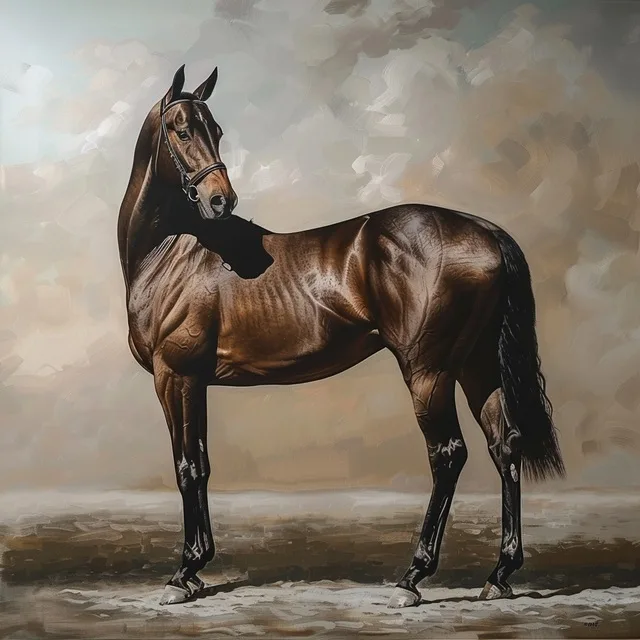
The Spirited Thoroughbreds
Thoroughbreds are the epitome of athleticism, speed, and spirit. Bred to race, these horses carry an undeniable energy that’s both exhilarating and challenging. Their high-strung nature is not just about physical speed; it reflects a zest for life and a keen responsiveness to the world around them. This spirited temperament, while making them excellent athletes, also means they require a careful approach to training and care.
At the heart of a Thoroughbred’s personality is a deep sensitivity. They’re not just quick on their feet but quick to pick up on cues from their environment and, most importantly, from you. This sensitivity can be a double-edged sword. On one hand, it allows for a level of communication and connection that’s profoundly deep. On the other, it means they can be easily unsettled by inconsistent handling or a lack of understanding from their human partners. They feel everything more intensely, from excitement to stress, and this sensitivity influences their learning and reaction to training. A gentle, consistent, and patient approach is key, one that respects their need for clarity and reassurance.
Building a strong bond with a Thoroughbred is both a challenge and a reward. Here are some tips to navigate their spirited temperament:
- Consistency is King: Maintain a consistent routine and approach in your training and interactions. Thoroughbreds thrive on predictability, which helps them feel secure and builds their confidence in you.
- Patience Pays Off: Understand that their sensitivity may lead to varied responses to training. What works one day might not the next, so be patient and flexible in your methods.
- Speak Softly: Embrace calm, gentle communication. Harsh commands or sudden movements can startle them. Instead, use your voice and body language to convey messages softly but firmly.
- Bond Beyond the Saddle: Spend time with your Thoroughbred outside of training sessions. Grooming, hand-grazing, and simply hanging out can deepen your bond, showing them that you’re not just a leader but a trusted friend.
- Mind and Body: Remember, a spirited horse needs both physical and mental stimulation. Ensure they have enough exercise and incorporate variety into their routine to keep their sharp minds engaged and happy.
Embracing the spirited nature of a Thoroughbred, with all its challenges and joys, can lead to one of the most rewarding partnerships in the equestrian world. With understanding, patience, and respect, you’ll unlock the incredible potential of these magnificent horses, experiencing the sheer thrill of their energy and the depth of their affection.
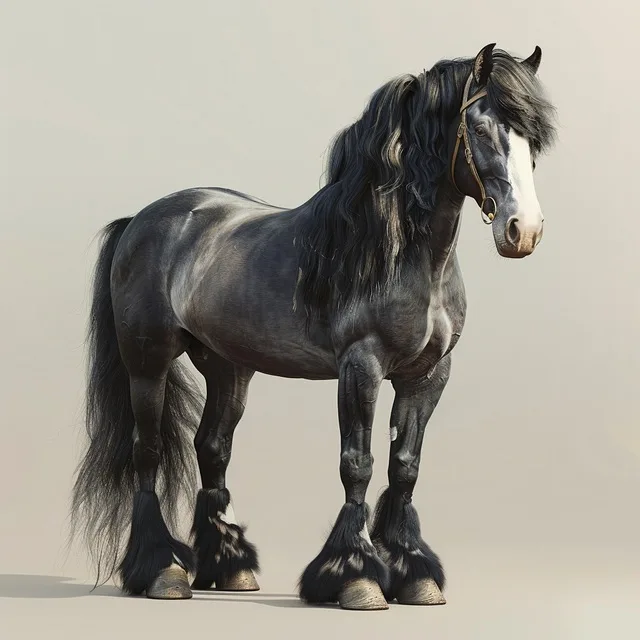
The Gentle Giants – Draft Breeds
In the equine world, draft breeds such as the Clydesdale and Shire are the embodiment of strength wrapped in serenity. These majestic horses, known for their impressive size and muscular build, possess a demeanor that is as gentle as a breeze. Their calm and patient nature is not just a trait but a hallmark of their kind, making them beloved by those fortunate enough to work and live alongside them.
Despite their imposing stature, these gentle giants carry themselves with a grace that belies their size. Their strength is legendary, capable of pulling heavy loads and performing tasks that are beyond the reach of other breeds. Yet, it’s their gentle nature that truly sets them apart and makes them excellent companions for a wide range of equine activities. From therapeutic riding programs to leisurely trail rides, draft breeds offer a dependable and soothing presence that can calm even the most anxious riders.
Caring for and training a draft horse, however, requires an understanding of their unique needs. Their laid-back personality means they often approach training with a “take it as it comes” attitude, but this doesn’t imply a lack of intelligence or willingness to learn. On the contrary, draft breeds are keen learners; they simply prefer a calm and steady approach. Here are some insights into their care and training:
- Gentle Guidance: Use positive reinforcement and gentle guidance when training. Harsh methods are not only unnecessary but can erode the trust that forms the foundation of your relationship with these kind-hearted giants.
- Physical Needs: Pay close attention to their physical care. Their size demands ample space to move and graze, and their hooves and joints require regular maintenance to prevent issues common in larger breeds.
- Mental Engagement: Keep their minds engaged with varied activities. Despite their relaxed demeanor, draft breeds enjoy having a job to do and thrive on mental stimulation that goes beyond physical exercise.
- Patience and Persistence: Training may progress at a slower pace compared to more spirited breeds. Embrace their steady rhythm, and you’ll find that patience and persistence yield remarkable results.
- Companionship: Never underestimate the value of companionship. Spend quality time with your draft horse outside of work and training sessions. Their sociable nature means they cherish these moments of connection.
The gentle giants of the horse world, with their calm demeanor and incredible strength, remind us of the beauty of patience and the power of a gentle touch. In their company, we find not only a steadfast companion for various equine activities but also a living lesson in the virtues of strength wielded with kindness.
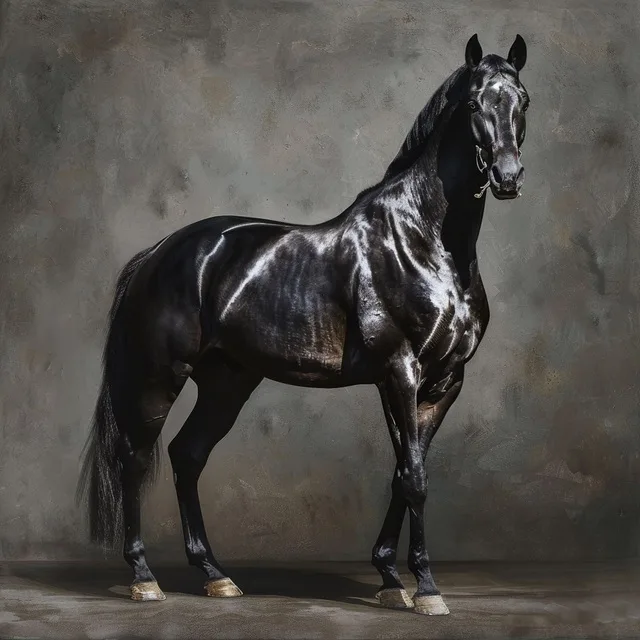
The Versatile Warmbloods
Warmbloods are the renaissance horses of the equestrian world, admired for their intelligence, versatility, and exceptional abilities in the competitive arenas of showjumping and dressage. These breeds, including the Dutch Warmblood, Hanoverian, and Belgian Warmblood, among others, have been meticulously developed to excel in sports, combining the agility and speed of lighter horses with the strength and calm of draft breeds. This unique blend makes them not just athletes, but artists in their own right, capable of breathtaking performances that capture the hearts of horse lovers worldwide.
Their balanced temperament is the cornerstone of their success in competitive sports. Warmbloods possess a remarkable combination of eagerness to learn, willingness to work, and the ability to remain composed under pressure. This trifecta allows them to tackle complex training regimes and perform with grace and precision in the highly charged atmosphere of competition. It’s this equilibrium of mind and spirit that makes them such a joy to train and compete with.
Training Warmbloods, however, requires an approach that matches their sophisticated nature. Here are some tips to effectively harness their intelligence and adaptability:
- Engage Their Minds: Warmbloods thrive on mental stimulation. Incorporate variety into their training to keep them engaged and eager. Puzzle-like challenges, such as complex dressage movements or intricate jumping courses, can be particularly rewarding for them.
- Build on Strengths: Identify and nurture their individual strengths. Whether it’s a natural inclination towards dressage or a knack for clearing jumpers, tailoring your training to their predispositions can lead to exceptional achievements.
- Positive Reinforcement: Leverage their keen intelligence with positive reinforcement techniques. Rewards for correct responses not only speed up the learning process but also strengthen your bond.
- Patience in Progression: While Warmbloods are quick learners, rushing their training can be counterproductive. Allow them to master each step thoroughly before moving on, ensuring a solid foundation for advanced skills.
- Consistent Challenge: Keep them mentally and physically challenged, but within the realms of fun and positivity. Warmbloods enjoy the process of learning and performing, especially when they feel confident and supported.
- Customized Care: Just as their training is specialized, their care should be too. Nutrition, health care, and daily routines tailored to their individual needs will keep them at their peak, both physically and mentally.
Warmbloods, with their intelligence, versatility, and balanced temperament, are not just participants in the sports they partake in—they’re stars that shine brightly, illuminating the artistry and elegance at the heart of equestrian competition. By adopting training methods that respect their sophisticated nature, you unlock the door to a world where every leap and pirouette is a testament to the remarkable bond between horse and rider.

The Enduring Arabians
Arabians stand as one of the most ancient and revered breeds in the horse world, celebrated not just for their unmistakable beauty and grace, but for their incredible endurance and profound connection with humans. These horses are the stuff of legends, known for their ability to traverse vast deserts and for the deep bonds they’ve historically formed with their owners. Their endurance is not solely physical; it’s a testament to their resilient spirit, a trait that has endeared them to generations of horse lovers.
The Arabian horse’s sensitivity is as much a hallmark of its breed as its endurance. They are keenly aware of their surroundings and the emotions of those they interact with, making them exceptionally responsive companions. This heightened sensitivity means they can be more intuitive to train, capable of understanding subtle cues and responding with a level of empathy few other breeds can match. However, it also means they require a gentle hand and an understanding heart. The way you approach an Arabian can make all the difference, turning training sessions into a dance of mutual respect and partnership.
Let me share a story that beautifully illustrates the deep connection Arabians can form with their owners. It’s about a mare named Layla, an Arabian known for her spirited nature and deep, trusting relationship with her owner, Sarah. One evening, during a fierce storm, Sarah went to check on Layla, finding her calm in her stall despite the chaos outside. As Sarah approached, Layla stepped forward, pressing her forehead against Sarah’s chest—a gesture of comfort and trust. In that moment, amidst the thunder and lightning, the bond between them was palpable, a silent communication that spoke volumes of their mutual respect and affection. This story is just one of many that reflect the extraordinary connection Arabians can forge with those who care for them with kindness and understanding.
Here are some tips for nurturing this profound bond with your Arabian:
- Listen with Your Heart: Pay attention to what your Arabian is telling you, not just with their voice but with their body language and behavior. They communicate in subtle ways, and understanding their language can deepen your connection.
- Consistency is Comfort: Arabians take comfort in knowing what to expect from their human partners. Be consistent in your handling and training to build trust and security.
- Patience and Praise: Celebrate their successes, no matter how small, with plenty of praise. Your approval means the world to them and reinforces their desire to please.
- Respect Their Sensitivity: Remember, their sensitivity is a strength, not a weakness. Approach training and handling with a gentle, empathetic mindset.
- Shared Experiences Build Bonds: Spend quality time together outside of training. Quiet moments of grooming, grazing, or simply being present with each other can fortify your bond.
The Arabian horse, with its storied history, remarkable endurance, and capacity for deep connections with humans, offers a relationship that transcends the ordinary. In understanding and embracing their unique characteristics, we open ourselves to the magic of a partnership founded on mutual respect, empathy, and an enduring bond that lasts a lifetime.
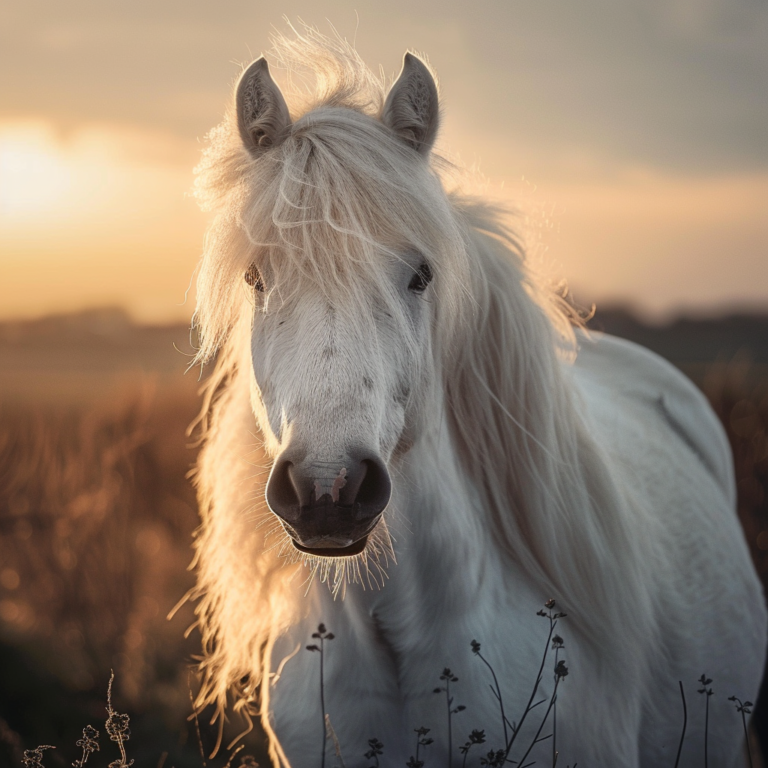
The Hardy and Independent Ponies
Pony breeds, including the spirited Shetland and the versatile Welsh Pony, embody a remarkable blend of robustness and independence. These compact equines are not just smaller versions of their larger counterparts; they possess a distinctive character, shaped by centuries of surviving in challenging environments. This resilience has endowed them with an admirable hardiness and a strong sense of self, traits that make them exceptionally reliable and adaptable companions.
Their sturdy nature and independent streak make ponies excellent choices for young riders and those seeking a low-maintenance equine friend. Ponies are often the first teachers for budding equestrians, offering lessons in both riding and the subtleties of horse care. Their size is approachable, and their disposition, while spirited, can be wonderfully patient with learners. Yet, their independence means they are not pushovers. Ponies demand respect and understanding, teaching young riders the importance of clear, consistent communication and mutual respect.
Engaging with the independent spirit of pony breeds requires a blend of firm guidance and playful engagement. Here are some tips to make the most of their unique temperament:
- Set Clear Boundaries: Ponies are smart and can quickly learn to push boundaries. Establishing clear rules and expectations from the start creates a respectful relationship where both pony and rider thrive.
- Engage Their Minds: Ponies get bored with repetitive tasks. Keep their training sessions varied and engaging. Introducing games, obstacles, or new challenges can keep their attention focused and make learning fun.
- Reward Independence: While it’s important to guide them, rewarding their independent problem-solving can lead to a more willing and engaged partner. Celebrate their successes when they figure things out on their own.
- Be Patient but Persistent: Their independent nature might mean they test your limits. Consistency and patience in training are key. Showing that you’re a firm but fair leader will earn their respect and cooperation.
- Quality Time Counts: Ponies value companionship. Spending time together outside of training, whether grooming, grazing, or just hanging out, can deepen your bond and enhance their willingness to work with you.
- Physical Care: Despite their hardiness, don’t overlook their care needs. Proper nutrition, hoof care, and veterinary attention are essential to keep them healthy and happy.
Ponies, with their combination of resilience, independence, and charm, offer a unique equine experience. They teach us about strength, patience, and the joys of a spirited partnership. By respecting their nature and engaging with their independent spirits, we discover not just the pleasure of their company, but also invaluable lessons in horsemanship that last a lifetime.
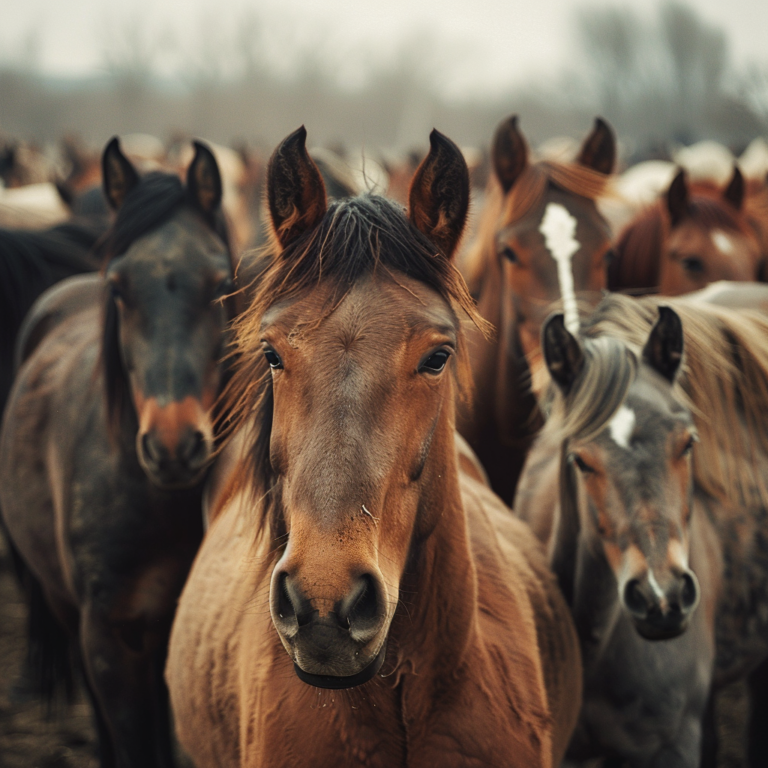
Conclusion
Embarking on the journey through the diverse world of horse breeds, from the spirited Thoroughbreds to the enduring Arabians, and from the gentle giants of the draft breeds to the robust and independent ponies, underscores a fundamental truth: understanding the behavioral nuances of these magnificent creatures is paramount. This exploration not only enlightens us about the vast array of temperaments, abilities, and needs across breeds but also highlights the importance of aligning our choices with our equestrian goals and lifestyles.
The knowledge of these behavioral differences is more than academic; it’s a key to unlocking a more profound, harmonious relationship with our equine partners. Selecting the right horse—one whose temperament complements your own and meets your riding ambitions—sets the stage for a partnership based on mutual respect, understanding, and a deep bond that transcends the mere act of riding. It’s about finding a companion who shares your journey, whether it’s on the competitive fields, the trails, or the quiet moments of companionship that fill the spaces in between.
As we close this chapter, let’s carry forward the appreciation for the unique personality each horse brings into our lives. Embrace the individuality of your equine friend, celebrating their quirks and learning from the challenges. Remember, every interaction is an opportunity to deepen your connection, to grow together, and to marvel at the rich tapestry of traits that define the equine world.
In this spirit, we encourage you to not just seek a horse that fits a desired breed profile but to look beyond, recognizing the individual soul behind the breed. It’s in this space of understanding and acceptance that the true magic of the horse-human bond flourishes. So, let’s continue to learn, to love, and to ride, guided by the knowledge that in the world of horses, the beauty of diversity is matched only by the depth of the connections we forge.
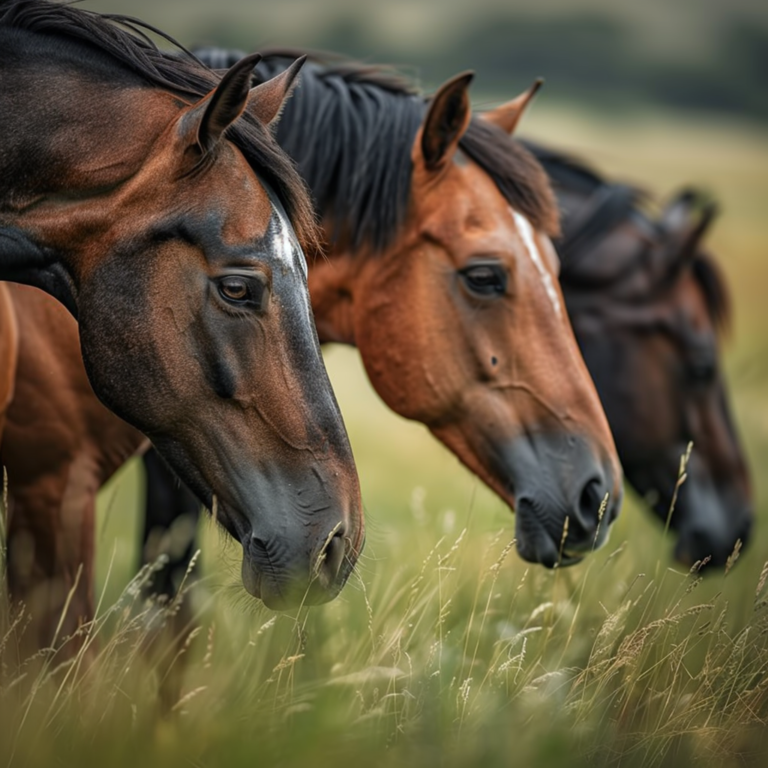
Further resources
Books:
- “Horse Anatomy: A Pictorial Approach to Equine Structure” by Peter Goody: An essential guide for understanding the intricate details of horse anatomy, beneficial for anyone looking to deepen their knowledge of horse physiology and care.
- “101 Dressage Exercises for Horse & Rider” by Jec Aristotle Ballou: A fantastic resource for riders looking to improve their dressage skills, offering a wide range of exercises for all levels.
- “The Complete Horse Care Manual” by Colin Vogel: A comprehensive guide covering all aspects of horse care, from daily maintenance to health issues, making it a must-have for new and experienced horse owners alike.
Websites:
- TheHorse.com: Offers extensive articles and resources on horse health, management, and welfare, with advice from leading equine veterinarians and experts.
- Equus Magazine Online: Provides insightful articles on horse care, behavior, training, and riding, catering to a wide audience from hobbyists to professionals.
- Horse & Hound: A leading source for the latest news in the equestrian world, including competition results, training tips, and horse care advice.
Online Courses and Webinars:
- Coursera and edX: Occasionally offer courses related to veterinary science, animal behavior, and animal welfare, which can include equine-specific content.
- My Horse University (myhorseuniversity.com): An online resource provided by Michigan State University offering courses and webinars on horse management, health, and welfare.
Podcasts:
- “Horse Tip Daily”: A podcast offering a variety of tips related to horse care, training, and riding, featuring different experts and topics in each episode.
- “The Equestrian Podcast”: Hosts conversations with professionals across the equestrian industry, sharing stories, advice, and insights on horse care, training, and life with horses.
YouTube Channels:
- Warwick Schiller Performance Horsemanship: Offers training advice and techniques, focusing on building a relationship with your horse through understanding and communication.
- Evention TV: Provides instructional videos on riding, horse care, and training exercises, suitable for riders of all levels.
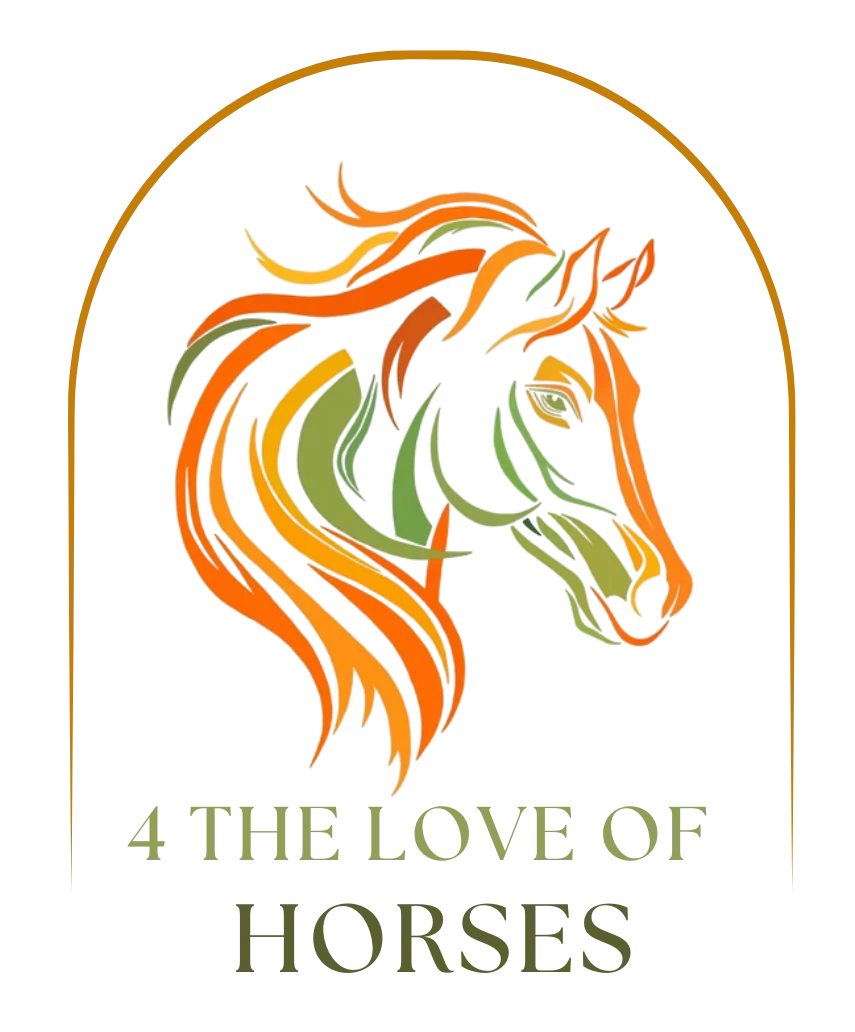
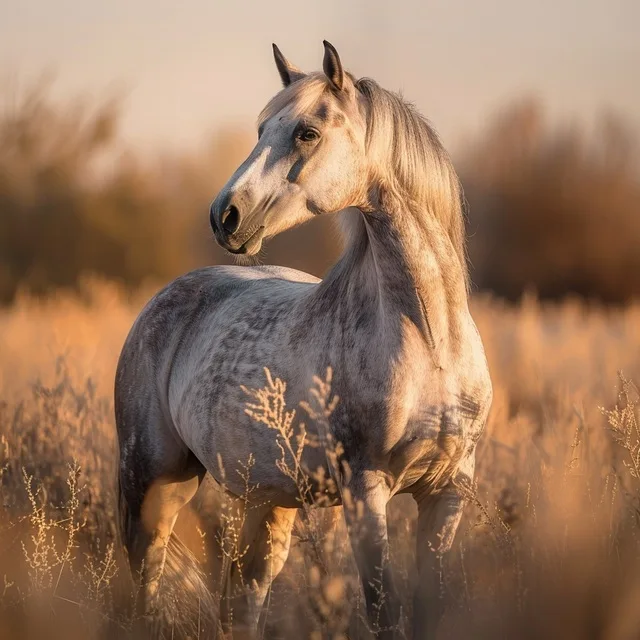
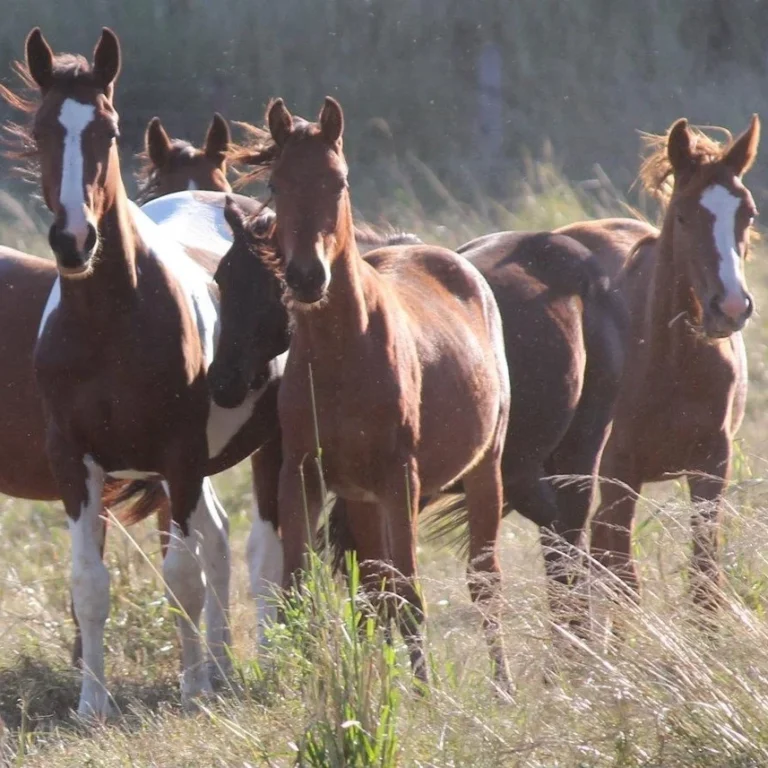
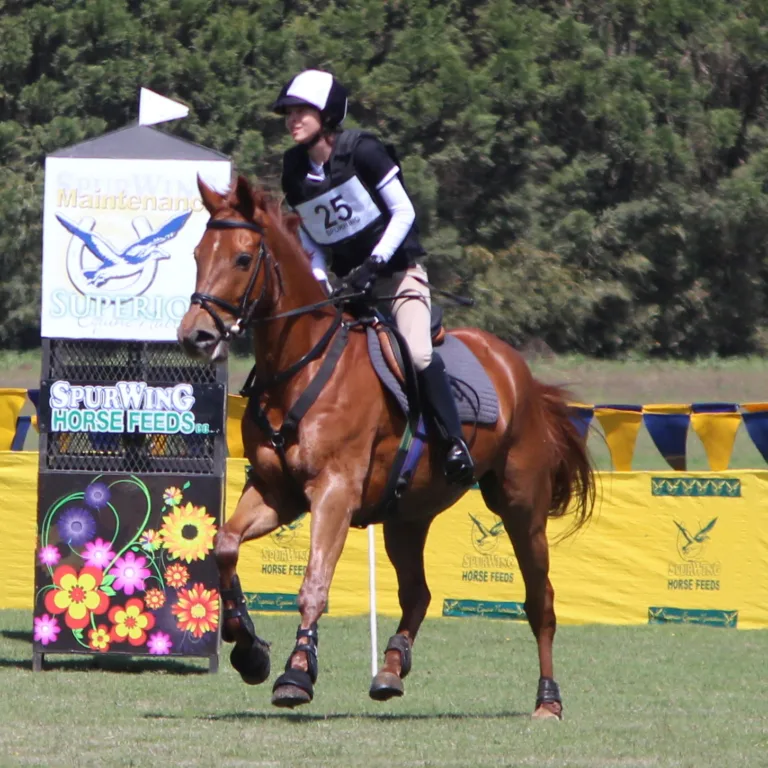

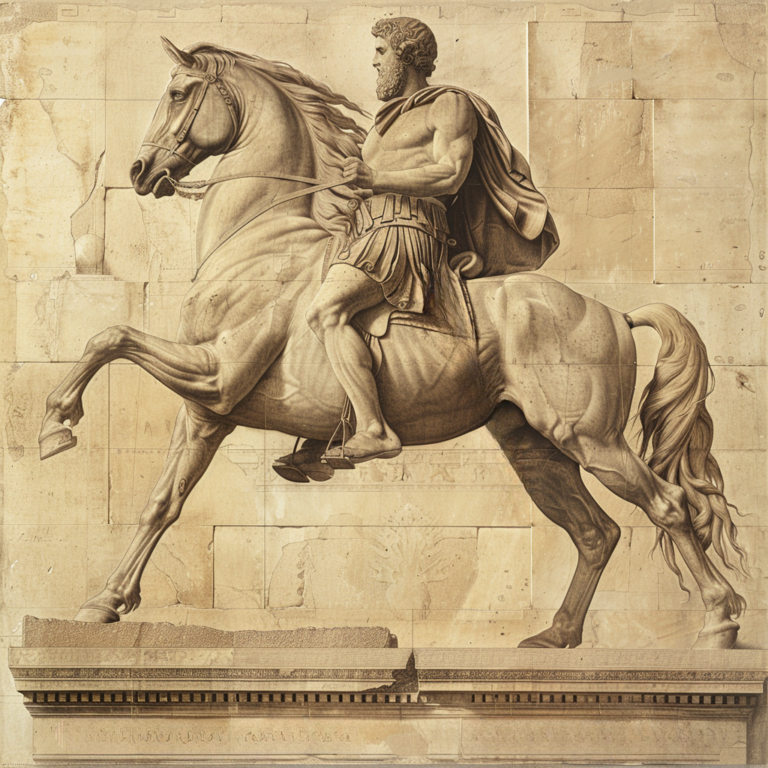
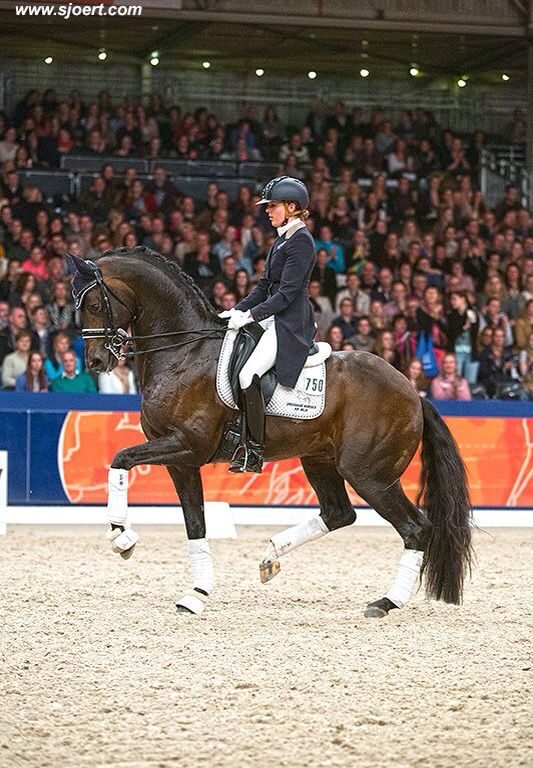
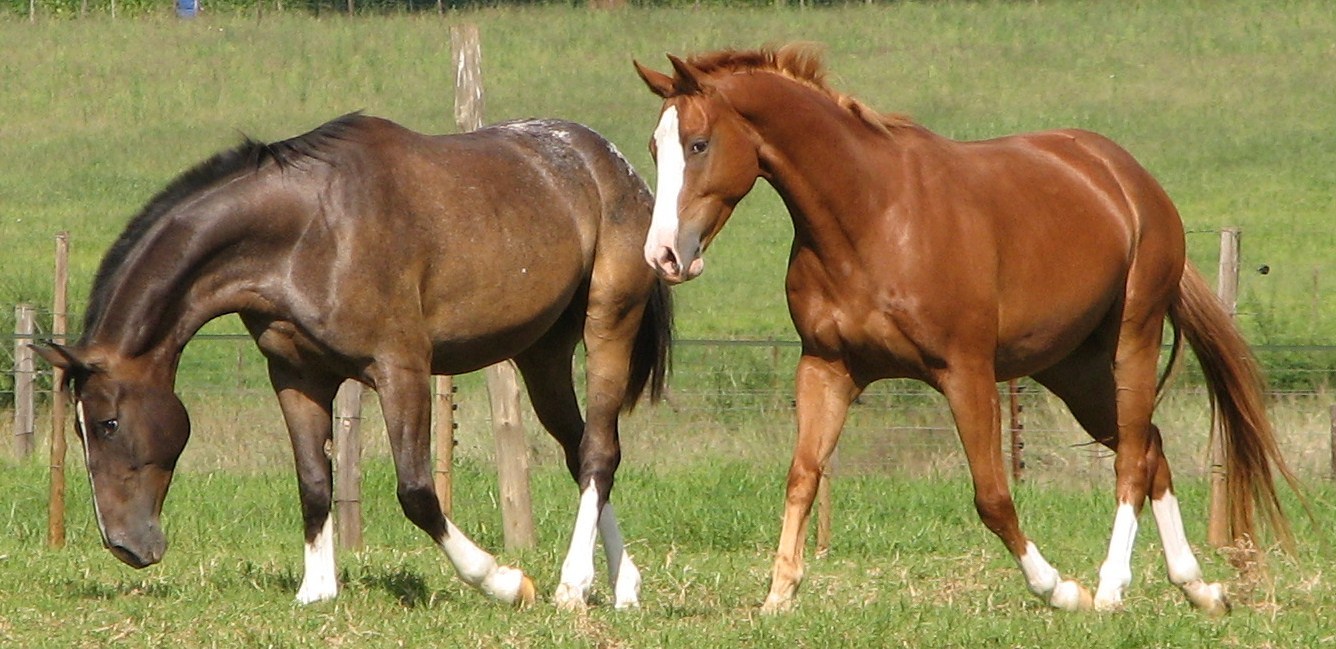
Leave a Reply